Key Components of a Dashboard Page
Logo
Preferred Placement: Bottom-right corner
Alternative Placement: Top-left corner
Top KPIs
Preferred Chart Type - Card or Multi-Cards
Represent aggregate metrics such as Total Revenue, Total Invoices, etc.
Placement: Top section of the dashboard
Secondary KPIs
Filters
Preferred Placement: Right-side pane (dedicated section)
Alternative Placement: Top section
Page Navigators
Preferred Placement: Bottom section
Alternative Placement: Creative bookmarks and icons
Last Refresh Time
Placement: Below the logo
Separation Line
A visual line separating charts (secondary KPIs) from slicers (filters)
Primary Color
Background Color
Chart Color
If the background is white, use light grey for charts (#F5F5F5).
First priority: Client's brand colors.
Safe priority: Light grey.
Theme Flexibility
The entire design can adopt a Dark Theme if preferred.
Always prioritize alignment with the client's brand kit.
Feel free to go creative where appropriate.
Design 1: Classic Layout
Top Section: Card KPIs displaying key metrics
Right Section: Filters and slicers, with a prominent reset bar for clearing all filters
Bottom-right: Logo with the last refresh time displayed below
Bottom Section: Page navigators (text-based or icons using bookmarks)
Main Body: Secondary KPIs occupy the remaining space
Separation Line: Clear demarcation between slicers and charts
Unique Feature: The reset bar at the extreme right acts as a filter reset button, offering a tactile user experience.

Please note- Here red theme is being used, this doesn't mean that this is the preferred choice of theme color.
Design 2: Icon-Based Navigation
Similar to Design 1, with a slight difference:
Page Navigators: Icons created using bookmarks
Unique Feature: Page navigation via bookmarks requires meticulous effort but creates an engaging user experience.

Additional Design Ideas:
Dark Theme: Sleek visuals with one or two primary colors and their shades, maintaining high contrast.
Simple & Minimalistic: Clean layout with fewer distractions, focusing on core insights.
Each design approach can be adapted based on the specific requirements of the business use case, but the fundamental components remain consistent.
Best Practice Tip: Always test the dashboard layout on multiple devices and resolutions to ensure optimal usability and accessibility.
Color Guidance: Avoid excessive use of bright or overpowering colors. Instead, select a neutral base with one or two accent colors aligned with the client's branding guidelines.














Comments